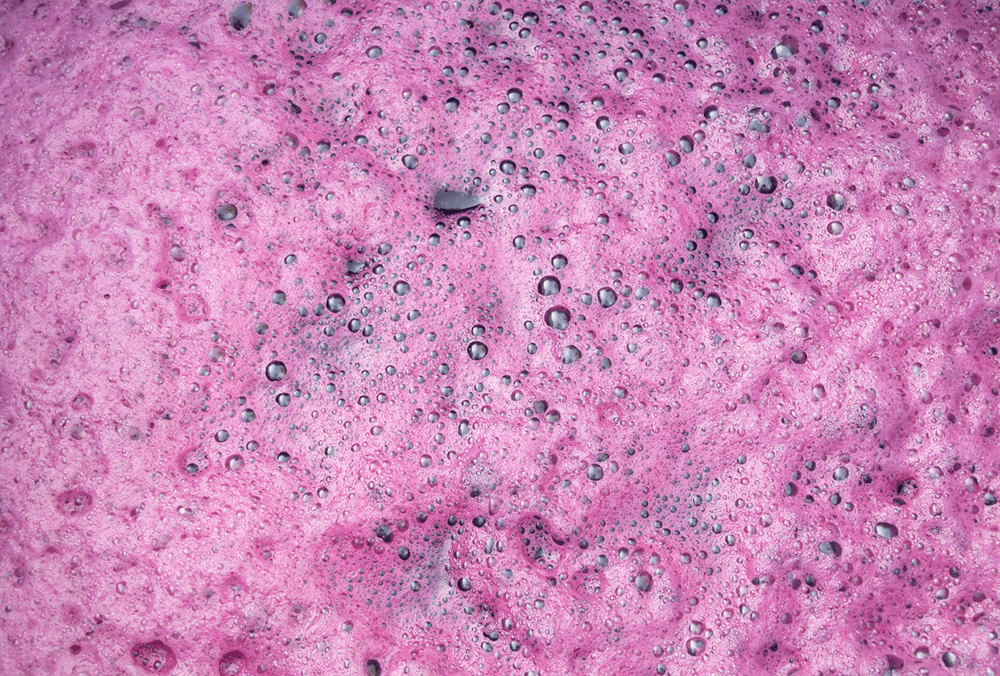Detection of wine faults using the electronic tongue
- Research Status: Project completed 2020


Carolyn Ross
Charlie Edwards, Charles Diako & Jungmin Lee



Faulted wines pose a serious economic problem to the wine industry, these off flavors can cause consumers, new to a region or variety, to reject that region entirely. Wine faults can include off-aromas or flavors associated with chemical compounds produced by spoilage organisms Brettanomyces, Acetobacter, Pediococcus or Lactobacillus.
From the producer and winemakers’ perspective, early detection of wine faults would allow for remediation before the fault becomes more serious, intractable, and costly. Research in wine fault detection continues to develop as more sensitive and rapid analytical methods are identified that can reflect the complexity of the faulted wine. The application of the electronic tongue (e-tongue) for the detection of wine faults shows great promise. Like the human tongue, the e-tongue can provide a holistic “taste fingerprint” based on the non-volatile flavor profile of the wine (sweet, sour, salty, bitter, umami, metallic, spicy). Thus, the overall objective of this work was to use the electronic tongue (e-tongue) and sensory profiling to evaluate changes in wine over time due to the presence of different spoilage microorganisms.
Through a series of sensory trials with experienced sensory analysts and the e-tongue researchers determined that while sample differentiation by panelists may have started at Day 28, sensory changes due to spoilage became more apparent at Day 42 to the panel. The e-tongue successfully recorded faults and differentiation in the samples at Day 21 and became more apparent and detailed at Day 28. The e-tongue was successfully able to detect differences in the sample set before the experienced panelists which would allow for early remediation methods to be utilized to prevent a larger infection or allow for earlier remediation.
Furthermore, the research showed that the e-tongue was able to differentiate among different strains of Brettanomyces and differentiated among the different wine spoilage microorganisms before sensory differences were noted, thus allowing for earlier potential remediation.
Paup, V.D., Cook-Barton, T., Diako, C., Edwards, C.G., Ross, C.F. Detection of red wine faults over time with flash profiling and the electric tongue. 2021. Beverages. 7(3): 52.













